Search Images
Browse Content (p. 1496)
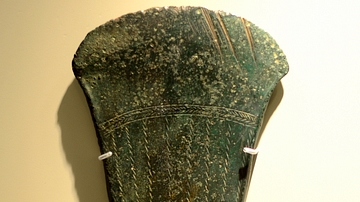
Image
Decorated flat Axehead from ancient Ireland
The locality of excavation of this decorated flat axehead is unknown. Circa 1600 BCE. (National Museum of Ireland-Archaeology, Dublin, Republic of Ireland)
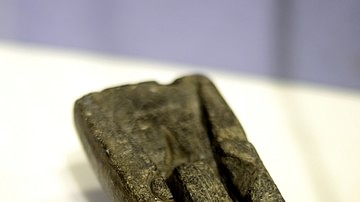
Image
Mould for Palstave Axes from Ancient Ireland
Mould for palstave, a form of early Bronze Age axes, found near Dromore, Co. Down, Ireland, 1500-1000 BCE.
National Museum of Ireland-Archaeology, Dublin.
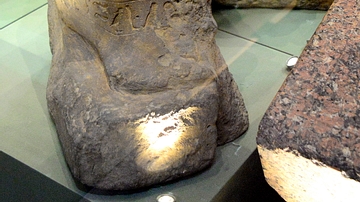
Image
Block Statue of the Treasury Overseer Rey
This "block statue" shows a man in the pious position of squatting on the ground like a temple guardian, hands folded across his knees. The hieroglyphic inscription identifies this sitter as Rey, overseer of the treasury and of the granaries...
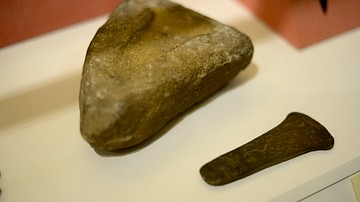
Image
Stone Mould for Axes & Bronze Axe from Ancient Ireland
The stone mould, used for making flat and flanged axes, was found at Crannong, Loughscur, Co. Leitrim, Ireland. The bronze axe was found at Lisboy, Co. Meath, Ireland. Both date back to 2500-1700 BCE. National Museum of Ireland-Archaeology...
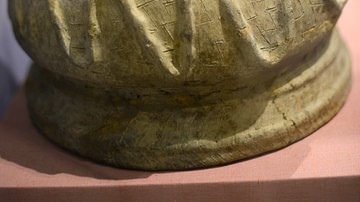
Image
Encrusted Urn from Ancient Ireland
Urn found at cist burial, Keenoge, Co. Meath, Ireland, 1900-1700 BCE.
National Museum of Ireland-Archaeology, Dublin, Republic of Ireland.
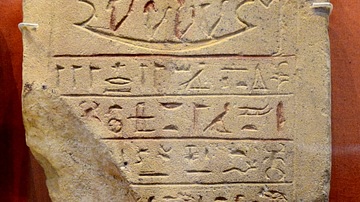
Image
Stela of the Lady Tabekhet
Below the solar disc, the lady appears standing at right adorning the barque of the sun god who is accompanied by Osiris and 2 other deities The inscription is the "standard offering" formula. From Egypt, precise provenance of excavation...
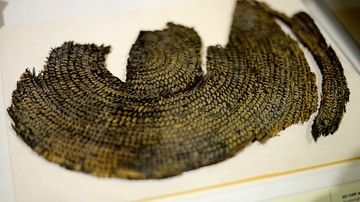
Image
Woven Bag from Ancient Ireland
Woven bag was found at Twyford, Co. Westmeath, Ireland, 3800-2500 BCE.
National Museum of Ireland-Archaeology, Dublin.
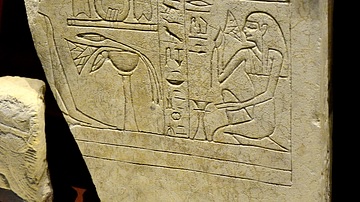
Image
Egyptian Stela Showing Women Sitting Before Offerings
This fragment of a stela shows two women before tablets of offerings. From Abydos, Late Middle Kingdom, circa 1750 BCE. (National Museum of Ireland-Archaeology, Dublin, Republic of Ireland)
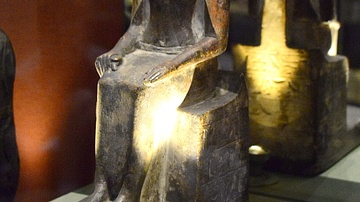
Image
Statue of Egyptian Priest Senemiah
The inscriptions on the sides identify the man as Senemiah, a priest of the Theban moon-god Khons, with the unsual phrase "he whose hands are pure when adorning his god," referring to the daily ritual in which the image of the god was given...
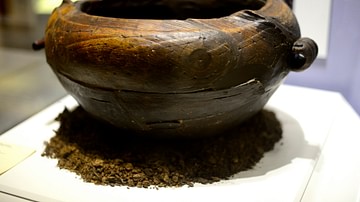
Image
The Altartate Cauldron
The Altartate Cauldron, made of poplar with yew handles, found in a bog near clones, Co. Monaghan, Ireland during turf cutting in 1933, dating to the 2nd century BCE. The find suggests the continuation of certain Later Bronze Age traditions...